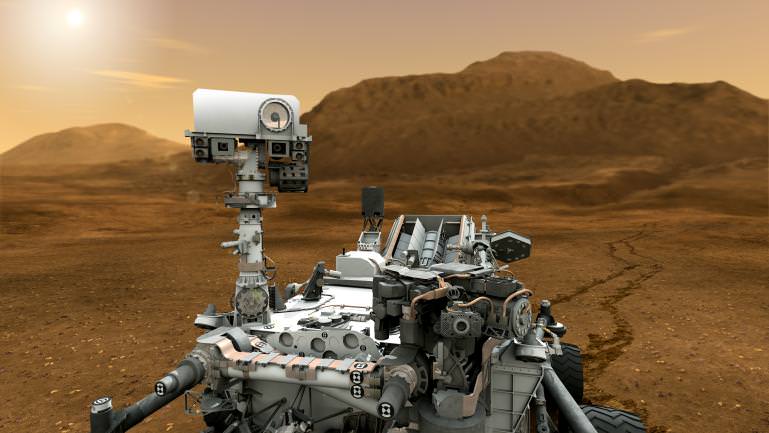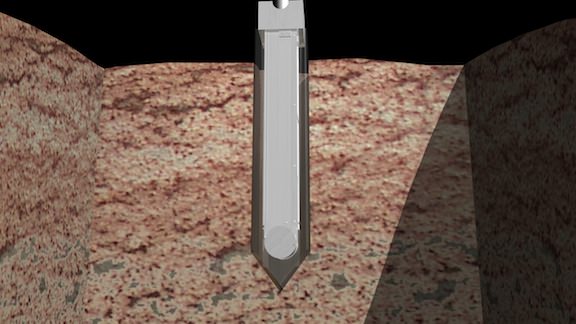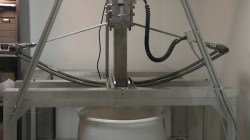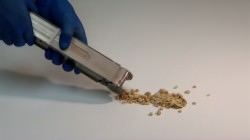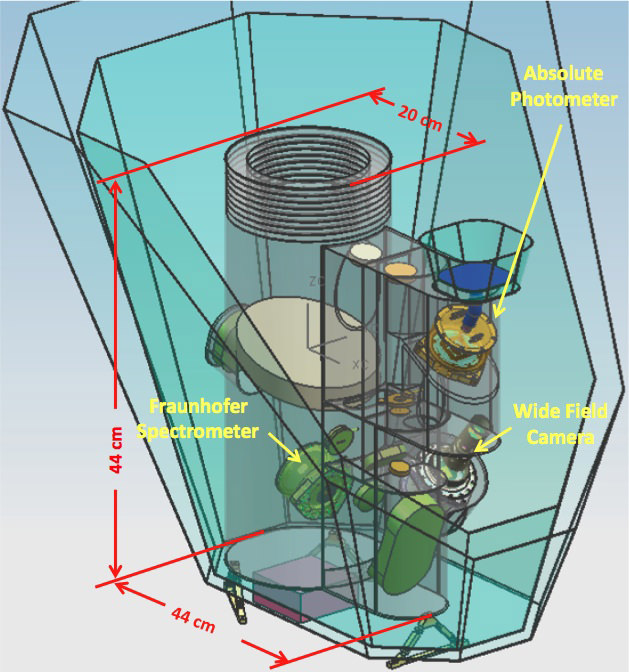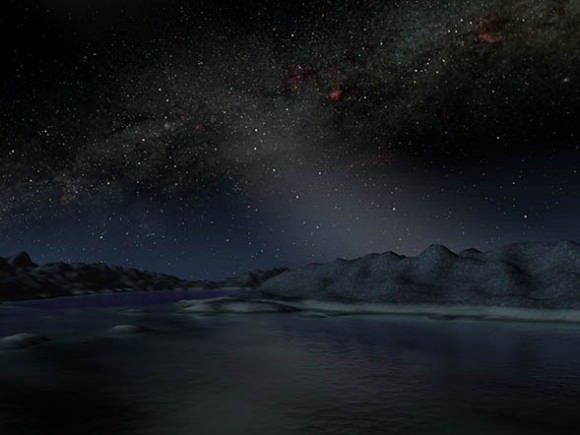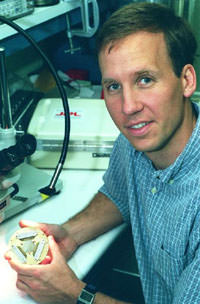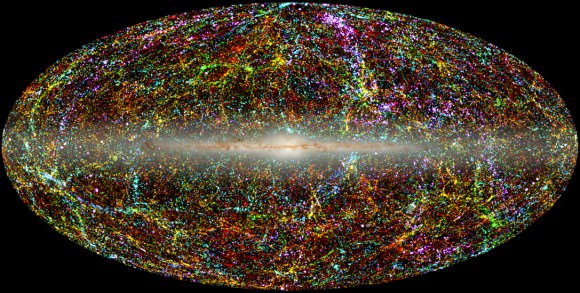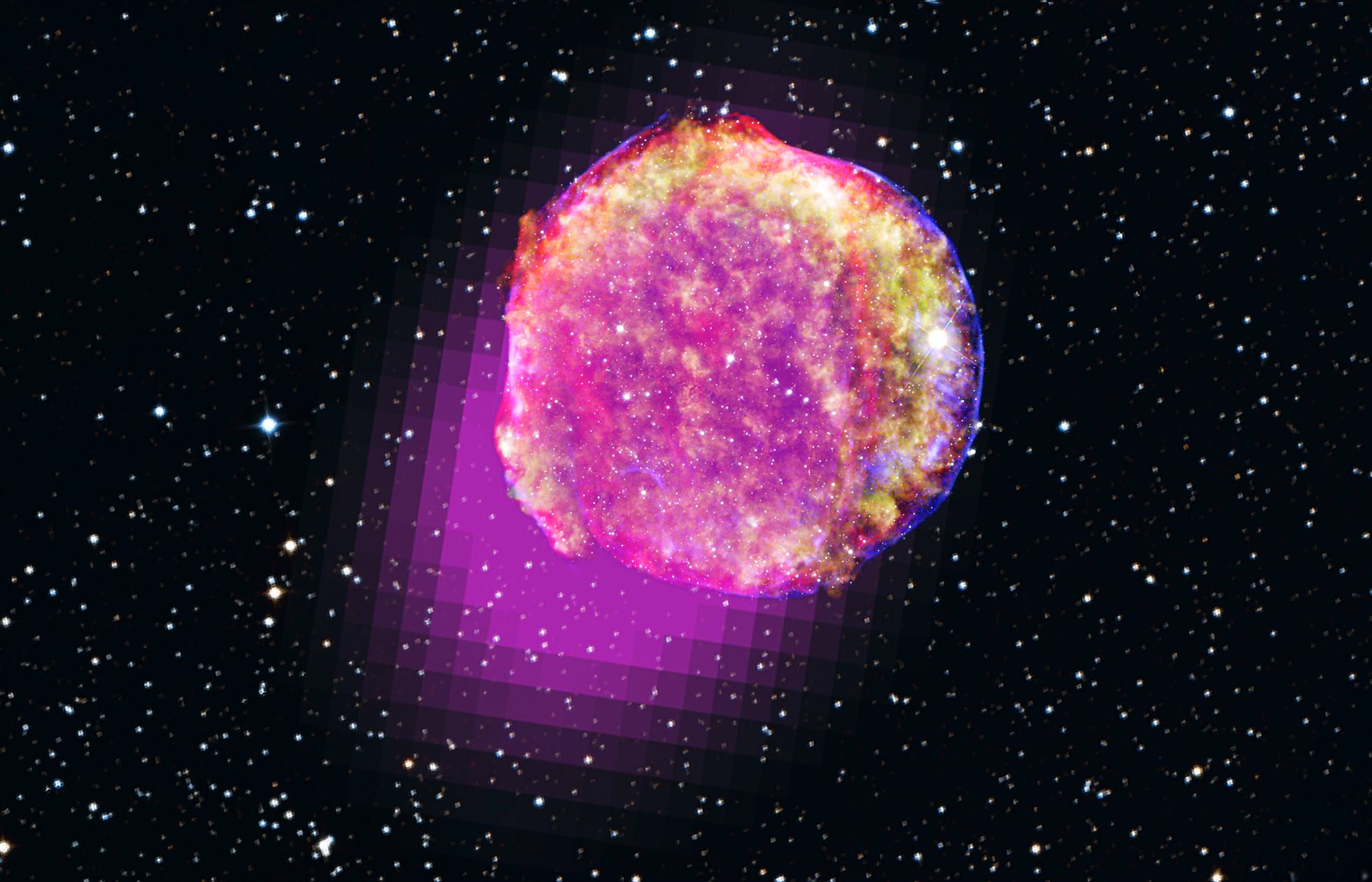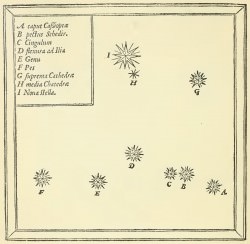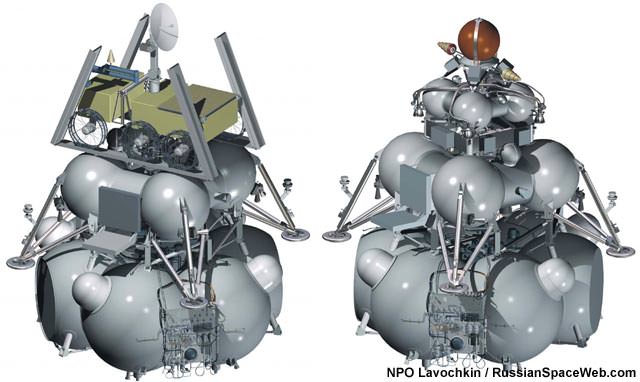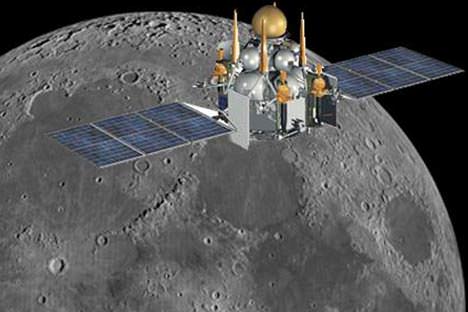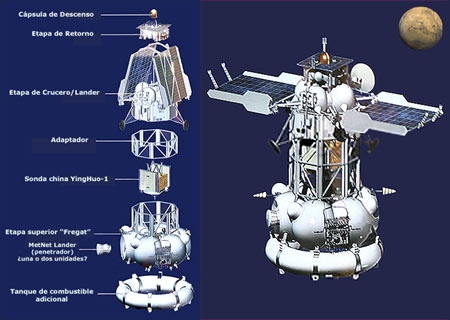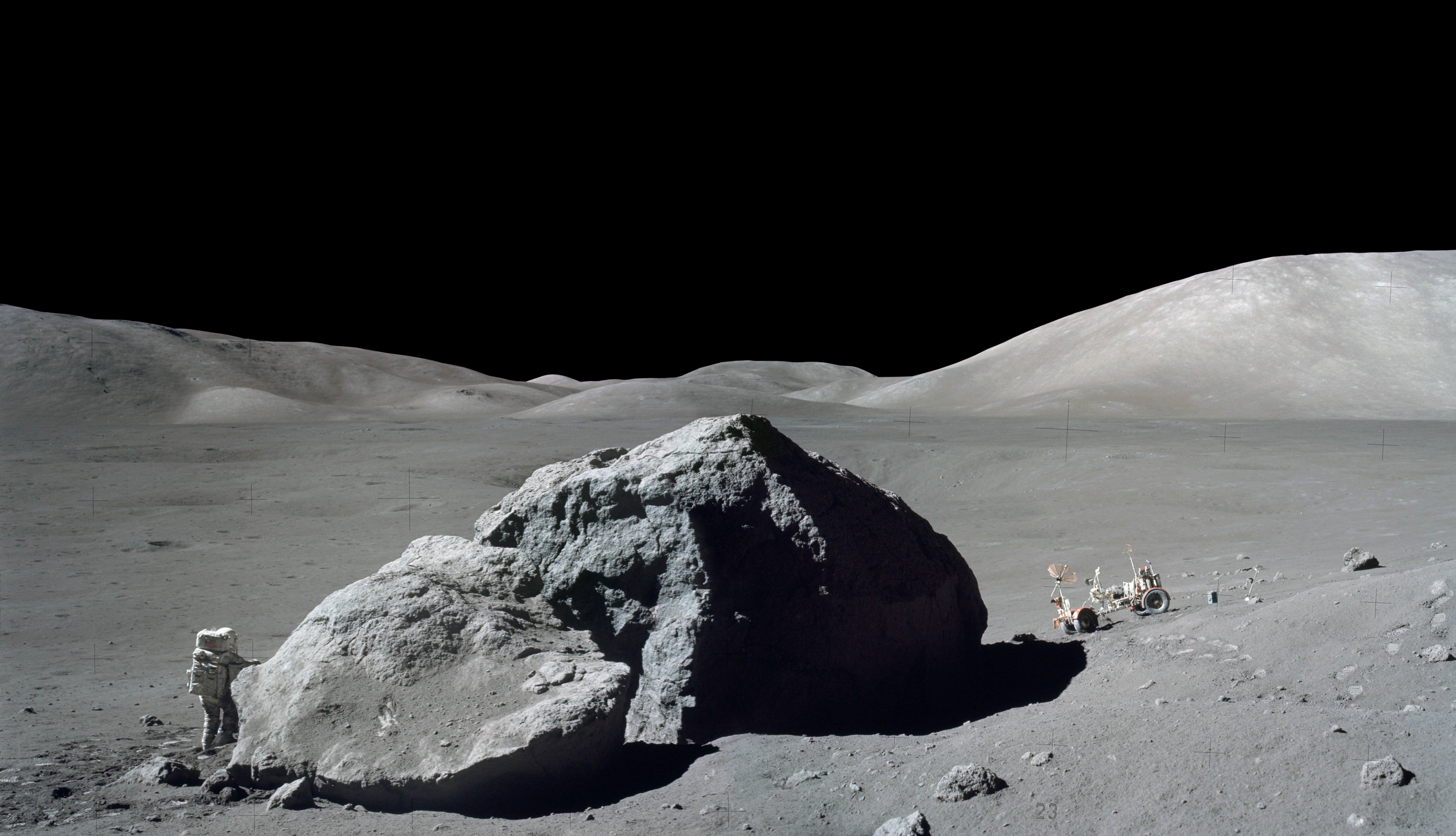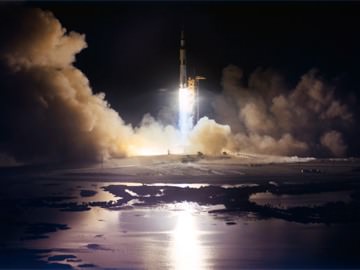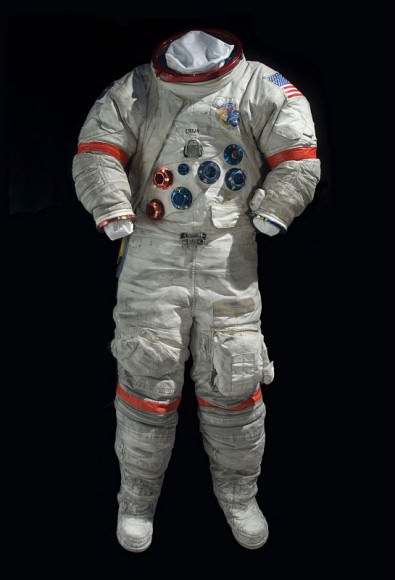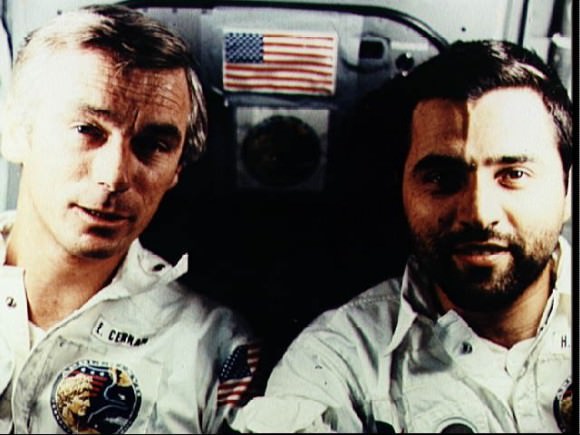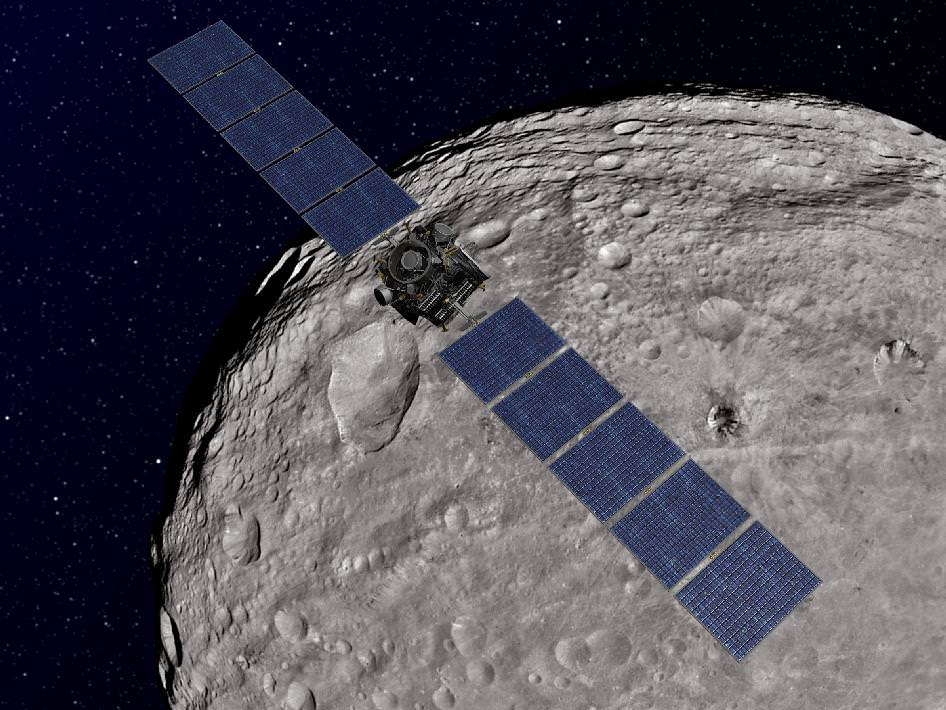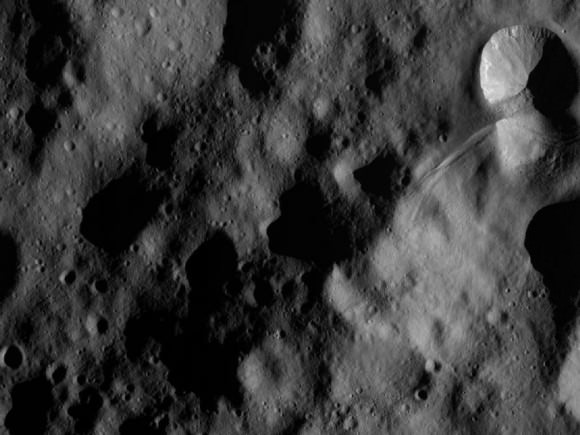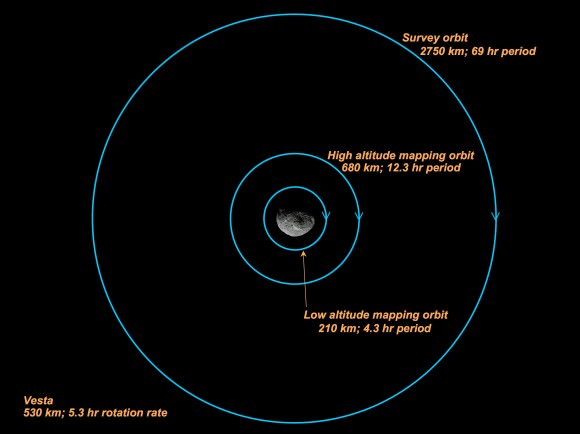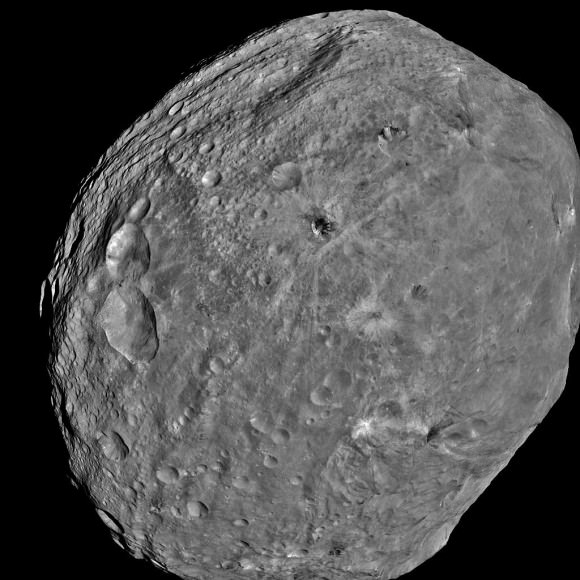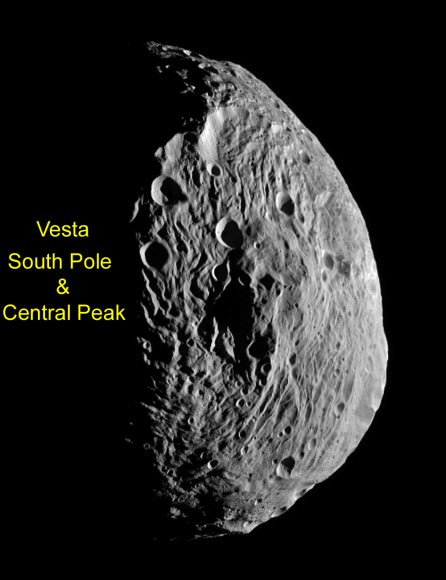[/caption]
Barely two weeks into the 8 month journey to the Red Planet, NASA’s Curiosity Mars Science Lab (MSL) rover was commanded to already begin collecting the first science of the mission by measuring the ever present radiation environment in space.
Engineers powered up the MSL Radiation Assessment Detector (RAD) that monitors high-energy atomic and subatomic particles from the sun, distant supernovas and other sources.
RAD is the only one of the car-sized Curiosity’s 10 science instrument that will operate both in space as well as on the Martian surface. It will provide key data that will enable a realistic assessment of the levels of lethal radiation that would confront any potential life forms on Mars as well as Astronauts voyaging between our solar systems planets.
“RAD is the first instrument on Curiosity to be turned on. It will operate throughout the long journey to Mars,” said Don Hassler, RAD’s principal investigator from the Southwest Research Institute in Boulder, Colo.
These initial radiation measurements are focused on illuminating possible health effects facing future human crews residing inside spaceships.
Video Caption: The Radiation Assessment Detector is the first instrument on Curiosity to begin science operations. It was powered up and began collecting data on Dec. 6, 2011. Credit: NASA
“We want to characterize the radiation environment inside the spacecraft because it’s different from the radiation environment measured in interplanetary space,” says Hassler.
RAD is located on the rover which is currently encapsulated within the protective aeroshell. Therefore the instrument is positioned inside the spacecraft, simulating what it would be like for an astronaut with some shielding from the external radiation, measuring energetic particles.
“The radiation hitting the spacecraft is modified by the spacecraft, it gets changed and produces secondary particles. Sometimes those secondary particles can be more damaging than the primary radiation itself.”
“What’s new is that RAD will measure the radiation inside the spacecraft, which will be very similar to the environment that a future astronaut might see on a future mission to Mars.”
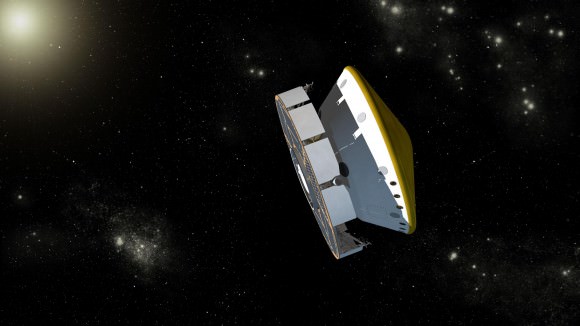
Curiosity’s purpose is to search for the ingredients of life and assess whether the rovers landing site at Gale Crater could be or has been favorable for microbial life.
The Martian surface is constantly bombarded by deadly radiation from space. Radiation can destroy the very organic molecules which Curiosity seeks.
“After Curiosity lands, we’ll be taking radiation measurements on the surface of another planet for the first time,” notes Hassler.
RAD was built by a collaboration of the Southwest Research Institute, together with Christian Albrechts University in Kiel, Germany with funding from NASA’s Human Exploration Directorate and Germany’s national aerospace research center, Deutsches Zentrum für Luft- und Raumfahrt.
“What Curiosity might find could be a game-changer about the origin and evolution of life on Earth and elsewhere in the universe,” said Doug McCuistion, director of the Mars Exploration Program at NASA Headquarters in Washington. “One thing is certain: The rover’s discoveries will provide critical data that will impact human and robotic planning and research for decades.”
Curiosity was launched from Florida on Nov. 26. After sailing on a 254 day and 352-million-mile (567-million-kilometer) interplanetary flight from the Earth to Mars, Curiosity will smash into the atmosphere at 13,000 MPH on August 6, 2012 and pioneer a nail biting and first-of-its-kind precision rocket powered descent system to touchdown inside layered terrain at Gale Crater astride a 3 mile (5 km) high mountain that may have preserved evidence of ancient or extant Martian life.
Miraculously, NASA’s Opportunity Mars rover and onboard instruments and cameras have managed to survive nearly 8 years of brutally harsh Martian radiation and arctic winters.
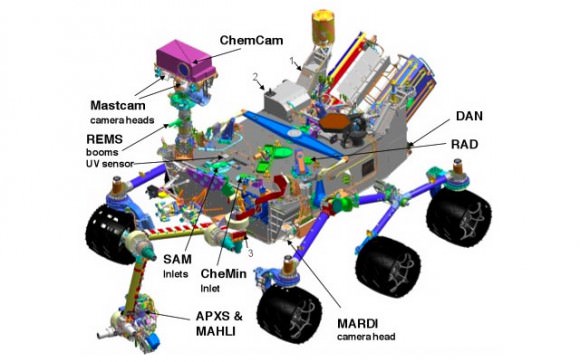
Complete Coverage of Curiosity – NASA’s Next Mars Rover launched 26 Nov. 2011
Read continuing features about Curiosity by Ken Kremer starting here:
Flawlessly On Course Curiosity Cruising to Mars – No Burn Needed Now
NASA Planetary Science Trio Honored as ‘Best of What’s New’ in 2011- Curiosity/Dawn/MESSENGER
Curiosity Mars Rover Launch Gallery – Photos and Videos
Curiosity Majestically Blasts off on ‘Mars Trek’ to ascertain ‘Are We Alone?
Mars Trek – Curiosity Poised to Search for Signs of Life
Curiosity Rover ‘Locked and Loaded’ for Quantum Leap in Pursuit of Martian Microbial Life
Science Rich Gale Crater and NASA’s Curiosity Mars Rover in Glorious 3-D – Touchdown in a Habitable Zone
Curiosity Powered Up for Martian Voyage on Nov. 26 – Exclusive Message from Chief Engineer Rob Manning
NASA’s Curiosity Set to Search for Signs of Martian Life
Curiosity Rover Bolted to Atlas Rocket – In Search of Martian Microbial Habitats
Closing the Clamshell on a Martian Curiosity
Curiosity Buttoned Up for Martian Voyage in Search of Life’s Ingredients
Assembling Curiosity’s Rocket to Mars
Encapsulating Curiosity for Martian Flight Test
Dramatic New NASA Animation Depicts Next Mars Rover in Action

